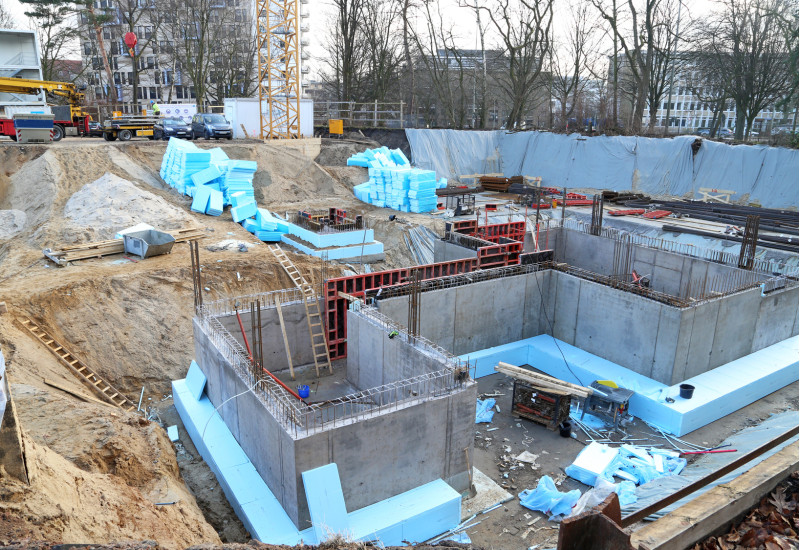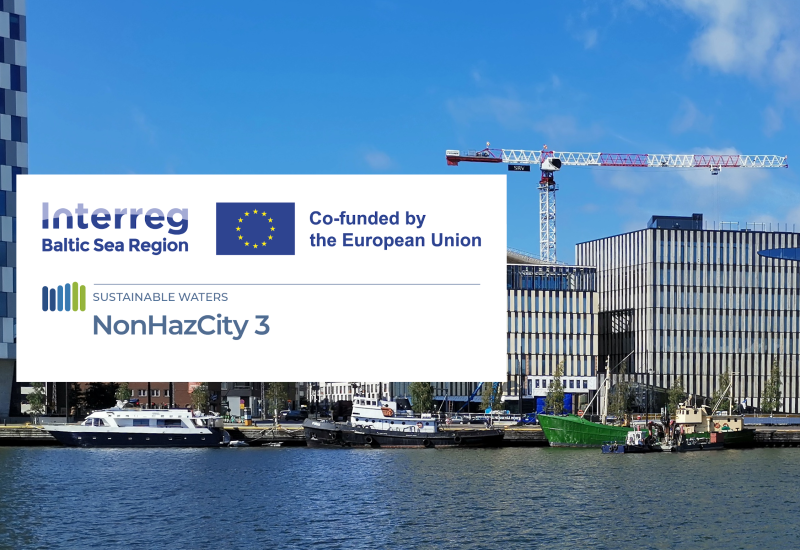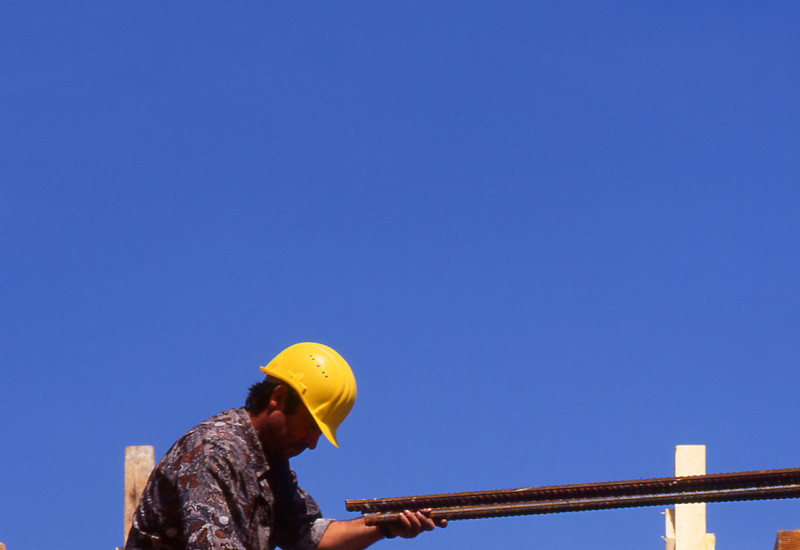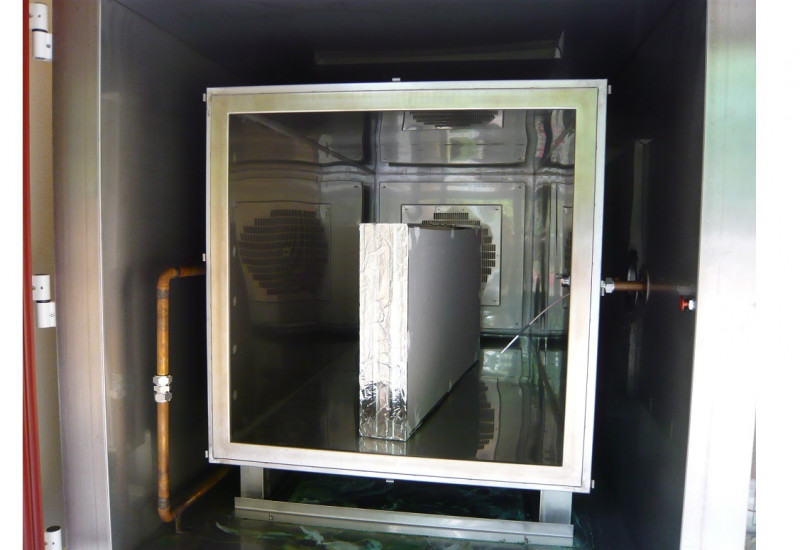NonHazCity 3 is a European project under the framework of the EU Interreg Program for the Baltic Sea Region. The project aims to reduce hazardous substances in the construction sector and to support circular construction. A NonHazCity Building Award will be given to celebrate the most effective laws and policies for non-hazardous buildings – nominations are welcome! Deadline is the 15th June 2024. read more
building products
Economy | Consumption
NonHazCity 3 Interreg Project
Reducing substances in the construction sector that are hazardous to health and the environment and supporting circular construction – these are the goals of NonHazCity 3, a European project in the EU Interreg Program for the Baltic Sea Region. The project team involves 21 partners from all eight EU countries around the Baltic Sea, including the German Environment Agency (UBA). read more
Health
Substances in building products
Building products (e.g. paints, varnishes, wood preservatives, woodworking materials, flooring and adhesives, wall and ceiling panelling, sealing materials, plaster, bricks, and cement) contain a great many substances that are released into indoor air, soil, or groundwater. They include organic or inorganic substances which may harm the environment or human health. read more
Economy | Consumption
FAQ on formaldehyde regulations for wood-based materials
Here you will find frequently asked questions and answers about the test procedure for formaldehyde emissions from wood-based materials which came into force on 01.01.2020. The information is mainly intended for companies and institutions that manufacture, process, sell, transport, store, export or import wood-based materials or furniture or which test such products for formaldehyde emissions. read more
Economy | Consumption
European testing procedure: Emissions from construction products
For reliable data on pollutant emissions from construction products both validated testing procedures and qualified testing bodies are required. Test methods for determining the release of dangerous substances from construction products have been available in Europe for some time, and the first designated testing laboratories for this purpose have recently been set up in line with EU regulations. read more
Economy | Consumption
EU law for construction products
The European Union combines free trade with safe products. Producers have to test their products only once per characteristic. The EU member states may keep their variably strict levels of protection and limit values. European harmonisation of test methods disburdens manufacturers and allows for a competition with the product performance. read more
Economy | Consumption
Leaching tests for emissions from building products
Building products which come into contact with groundwater or rainwater should not release harmful amounts of pollutants. An environmentally compatible choice of products requires reliable and comparable data on the leaching of substances. UBA has published reference data based on new European leaching tests, which are now available for producers and users. read more
Economy | Consumption
Building Products
Products used in construction contain many organic and inorganic substances. If they are released into the indoor air of buildings, or into the soil and groundwater, they can pose a risk to the environment and human health. Sofar these inputs of contaminants from building products have been quantified only sporadically. read more






